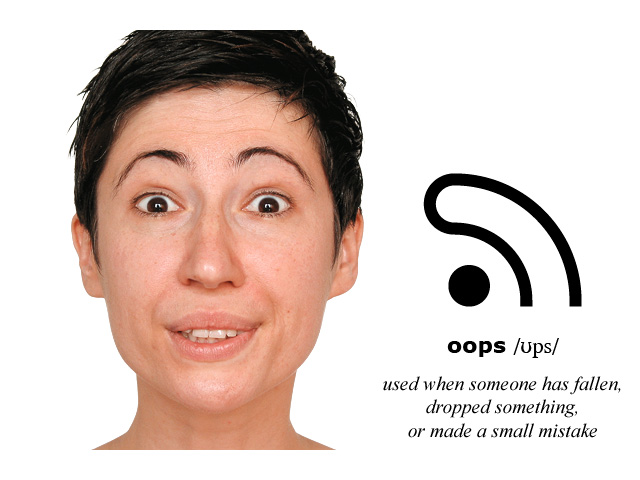
|
Dictionary of Primal BehaviourInternet Database and Digital Prints
|
- Photo doc
 Essay:
Essay:
The Primal Chat- + more
 Excerpt from Graham Pullin's book
Excerpt from Graham Pullin's book-
Art and Language
A database of phonetically expressive words transferred into visual codes
-
Keywords / Tags
- Database art,
- Language,
- Entropy,
- Primary emotions,
- Emotion,
- Expression,
- Facial expression,
- Affective communication,
- Dictionary,
- Interjection,
- Nonverbal,
- Code,
- Information,
- Message,
- Symbol,
- Meaning,
- Aesthetic communication,
- AAC - augmentative and alternative communication,
- Disability
Art-Bio:
Awards
- 2003
- UNESCO Digital Arts Award 2003 at IAMAS, Japan
- Award at “MAD 03” 2nd meeting of experimental art in Madrid, Spain
- The annual award of the gallery Golden Eye “The exhibition of the year”, Novi Sad, Serbia and Montenegro
Festivals and Group Exhibitions
- 2004
- Ogaki, Japan, Ogaki Biennale 2004, (IAMAS)
- 2003
- Holon, Israel, “Hilchot Shchenim”, The Israeli Center for Digital Art
- Basel, Switzerland, “Viper”, International Festival for Film, Video and New Media, Basel
- Belgrade, SCG, “WLI” World, Language, Iconicity - group exhibition and symposium, Rex B92 Cultural Center
- Madrid, Spain, “MAD 03” 2nd meeting of experimental art in Madrid
- Belgrade, SCG, “POSITIVE / NEGATIVE”, 44th October Salon
- Novi Sad, SCG, “Balkan video&digital art Festival”, solo exhibition at Gallery Golden Eye
- Linz, Austria, “CODE”, Ars Electronica
- Sao Paolo, Brazil, “FILE 2003”
Dictionary of Primal Behaviour at Ars Electornica “CODE”, 2003; Maywa Denki and NHK Japan TV
dic. AEC 05

Dictionary of Primal Behaviour at Ars Electornica “CODE”, 2003; presentation at electrolobby
dic. AEC 07

An aesthetic communication experiment that combines verbal and nonverbal codes in an effort to create a message that is understandable to wide audience despite of their cultural background, linguistic knowledge or a world knowledge.
Urtica’s statement:
Communication is a vital part of every community. Ability of a species, to exchange information through sounds, signals, signs or movements help them to survive. In order to communicate humans have developed language as a major means of sharing information or expressing their thoughts and feelings. There are about 6000 languages spoken in the world today, but as many linguists believe only half of these languages will still be spoken by the end of XXI century.
Dictionary of Primal Behaviour includes entities that express primary emotions and behaviours that might be common to all humans despite to their socio-economic differentiation. The idea is to form a multi-lingual platform for affective communication by using words that sound similar in different languages. Those words, interjections, are used to express strong feelings such as shock, pain, or pleasure. They are primary spoken but in Dictionary of Primal Behaviour they are transferred to visual communication.
The dictionary is made as syncretic mixture of verbal and nonverbal codes: Phonetically Expressive Word, Graphically Expressive Symbol and Facial Expression. It is a database of interjections (a words used to express a feelings) translated into visual codes.

 People of Europe, Guard Your Precious Values
People of Europe, Guard Your Precious Values The Art in Liquidation
The Art in Liquidation Art and Crisis - Facing Bureaucrat (video)
Art and Crisis - Facing Bureaucrat (video) VQ Bourse - The Value is Here
VQ Bourse - The Value is Here VQ - Art of Fortune and Economy of Risk
VQ - Art of Fortune and Economy of Risk VQ - Golden Card
VQ - Golden Card That Which Changes
That Which Changes Who is Guarding the Guardians?
Who is Guarding the Guardians? Social Engine
Social Engine Dictionary of Primal Behaviour
Dictionary of Primal Behaviour Lapsus Memoriae
Lapsus Memoriae Kumova Sekira
Kumova Sekira Omnigenus
Omnigenus Urtica Medicamentum Est
Urtica Medicamentum Est Social Engine - The Hybrid Source Book
Social Engine - The Hybrid Source Book

















